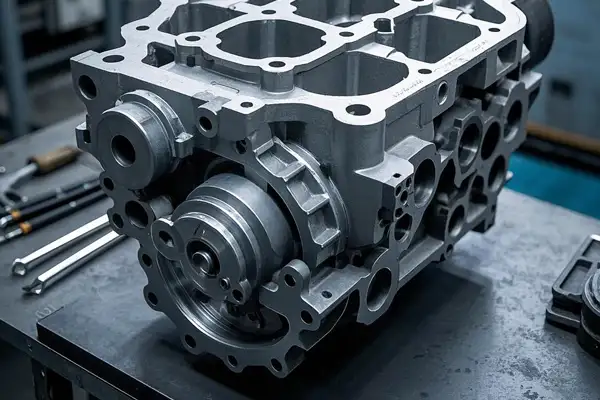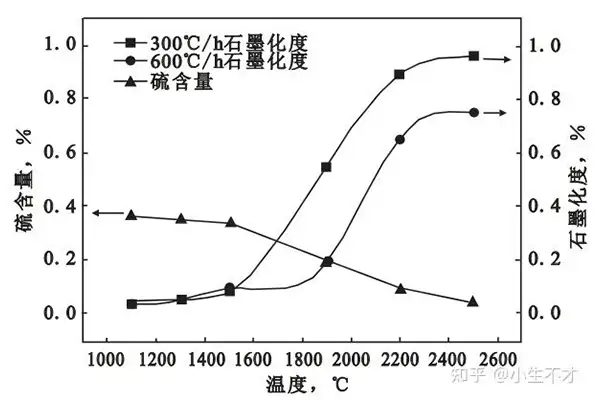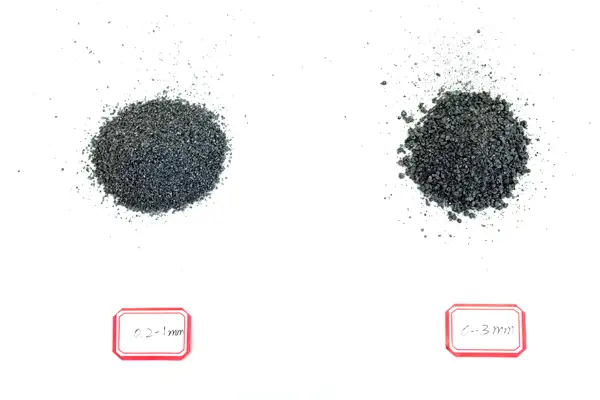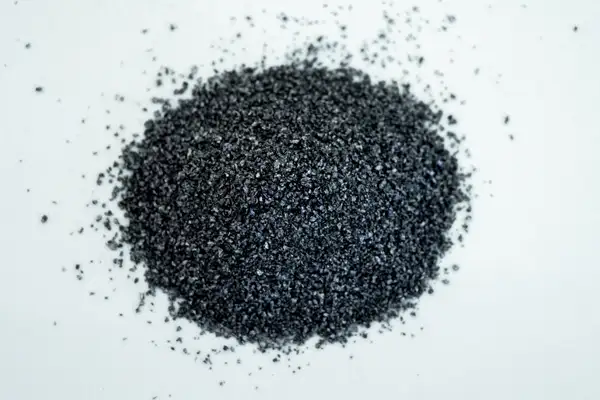Zhengzhou ChangHeYue New Material CO.,LTd
Casting processes rely on carbon addition agents to enhance metal properties, reduce defects, and improve yield. Proper application of these additives is critical for achieving desired mechanical strength, ductility, and surface finish. This guide explains the step-by-step process, types of carbon agents, and best practices for optimal results.
1. Types of Casting Carbon Additives
Understanding the different carbon sources is essential for selecting the right additive:
- Graphite Powder: High-purity graphite (98%-99.9%) with excellent thermal stability. Ideal for high-temperature alloys like steel and aluminum.
- Petroleum Coke: Calcined or graphitized petroleum coke, offering cost-effectiveness and conductivity. Common in gray iron and ductile iron casting.
- Carbon Fiber: Used in composite materials to improve strength and reduce porosity.
- Charcoal: Low-cost but variable quality, suitable for small-scale foundries.
2. Step-by-Step Application Process
a. Pre-Melt Preparation
- Determine Dosage: Calculate the required carbon content based on metal type (e.g., 0.5%-3.5% for cast iron). Use analytical tools like spectroscopy to ensure accuracy.
- Mixing: Add carbon powder or pellets to the molten metal gradually to prevent localized overheating. Stir thoroughly to achieve uniform dispersion.
b. In-Mold Addition
- Ladle Injection: Introduce carbon additives directly into the pouring ladle before casting. This method ensures consistent distribution.
- Core Embedding: Incorporate carbon into sand cores for ferrous casting to enhance core strength and reduce gas formation.
c. Post-Casting Treatment
- Annealing: After solidification, heat the castings to stabilize carbon microstructure and relieve internal stresses.
- Surface Finishing: Use blasting or polishing to remove excess carbon residues that may cause oxidation or dimensional inaccuracies.
3. Key Considerations
- Temperature Control: Maintain optimal melt temperature (e.g., 1450°C-1600°C for steel) to avoid carbon burn-off or slag formation.
- Avoid Oxidation: Use argon shielding or vacuum induction melting to protect carbon from reacting with oxygen.
- Compatibility Testing: Test additives with your specific alloy to prevent adverse reactions (e.g., silicon carbide formation in aluminum alloys).
4. Benefits of Proper Carbon Addition
- Enhanced Mechanical Properties: Increased hardness, tensile strength, and fatigue resistance.
- Reduced Defects: Minimizes porosity, hot tears, and cold shuts.
- Cost Efficiency: Improves scrap rates and extends tool life by reducing oxidation.
5. Common Mistakes to Avoid
- Over-Addition: Excess carbon can lead to brittleness or surface cracking.
- Poor Mixing: Inhomogeneous distribution may cause inconsistent performance.
- Ignoring Alloy Composition: Some metals (e.g., titanium) react violently with carbon at high temperatures.
Conclusion
Mastering the use of carbon addition agents empowers foundries to produce high-quality castings with precision and efficiency. By selecting the right type, optimizing dosages, and adhering to best practices, manufacturers can achieve superior results while minimizing waste and energy costs.
Discover premium carbon additives for your casting needs and elevate your production process today!






